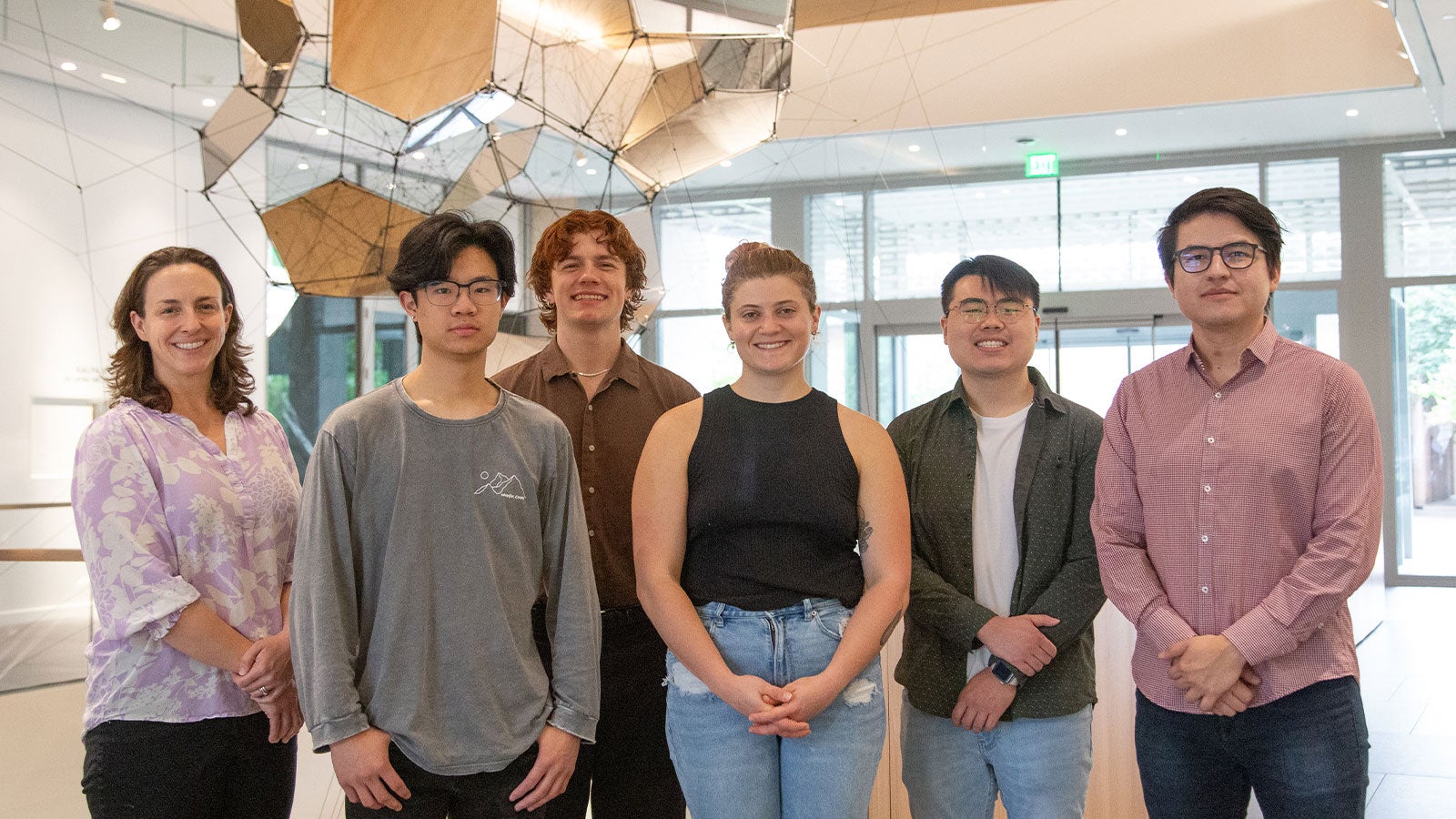Interdisciplinary research is a hallmark of an education at Rice Engineering. The Department of Electrical and Computer Engineering (ECE) is known for interdisciplinary work, but collaborations between ECE and Biosciences such as the Metric-Bionets group are not very common.
The Metric-Bionets group includes researchers in the labs of César A. Uribe, Louis Owen Assistant Professor of Electrical and Computer Engineering (ECE), and Lydia Beaudrot, assistant professor of biosciences. They develop geometry-based analytical tools based on modern machine learning and network science to analyze food webs in Africa, which shed light on the impacts of human- and climate-driven changes to the biosphere and could help develop tropical wildlife conservation plans.
“This interdisciplinary collaboration is advancing the methodological frontier of ecological network analysis by bringing to bear cutting-edge tools from engineering to the field of ecology,” said Beaudrot. “Because of the expertise of the engineers on our team, the group is able to solve challenges that currently limit ecologists…while also posing new and interesting methodological questions for the engineers to address.”
In this research group funded by the National Science Foundation (NSF) and Creative Ventures, students have grown exponentially because of the communication skill set this kind of interdisciplinary work cultivates.
“Because of the novelty of the methods and interdisciplinary nature of the work, we have been able to create successful experiences for the students,” said Uribe. “It makes them grow quickly as researchers and ask questions creatively.”
Student researchers in the group include Annie Finneran, Ph.D. student in biosciences; Kai Hung, who graduated in May 2024 with a bachelor's degree in computer science; Alex Zalles, rising senior in operations research; and Gabriel Ong, rising junior in computer science.
Finneran and Hung both received NSF Graduate Research Fellowships among other prestigious awards this year. Hung will begin his Ph.D. program at MIT this fall.
Zalles participated in the 2023 summer NSF Research Experience for Undergraduates (REU) and Google-Rice REU and was admitted to the 2024 MIT Summer REU Program. Ong will participate in the 2024 summer NSF REU.
Uribe notes that the students have grown as researchers this year because of how they have learned to navigate the communication barriers between engineering and biosciences. “A large part of the mentorship aspect of this group has been developing a common language,” said Uribe. “It’s about understanding each others’ languages to help engineering students translate biology concepts to engineering questions, and vice versa.”
To construct a common vocabulary, the researchers maintain constant communication with each other to check the context of their research, asking whether the math terms make sense from the biology point of view and testing hypotheses in biology against the engineering tools. Students were challenged to break down language barriers by thinking outside of their own discipline’s terminology.
“Much of the language barrier comes from domain-specific terms for describing properties of these ecological networks, such as ‘food chain length’ and ‘connectance,’” said Hung. “Some terms are intuitive or map directly to vocabulary from mathematics and engineering, but there are some tricky ones that sound similar to what you know, yet differ subtly once you get down to the details.”
“Diving into a new way of thinking and a new field reminded me how important it is to place your research into the proper scope for people to understand,” said Finneran. “I believe I have become a better communicator and collaborator and I hope our work is seen as a positive example of interdisciplinary work.”
This kind of interdisciplinary work sets up students for success in their own research beyond the Metric-Bionets group. “Having these valuable experiences, I feel much more prepared to tackle interdisciplinary, data-driven challenges with other domain experts,” said Hung.

